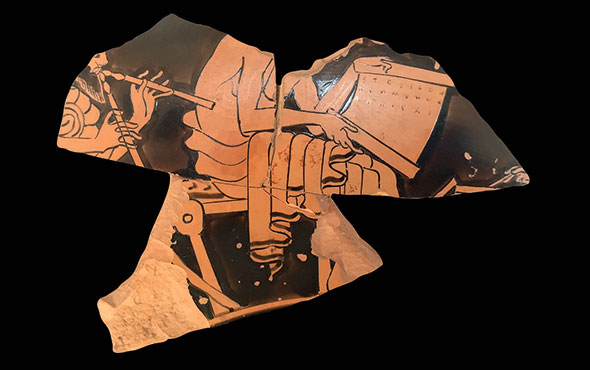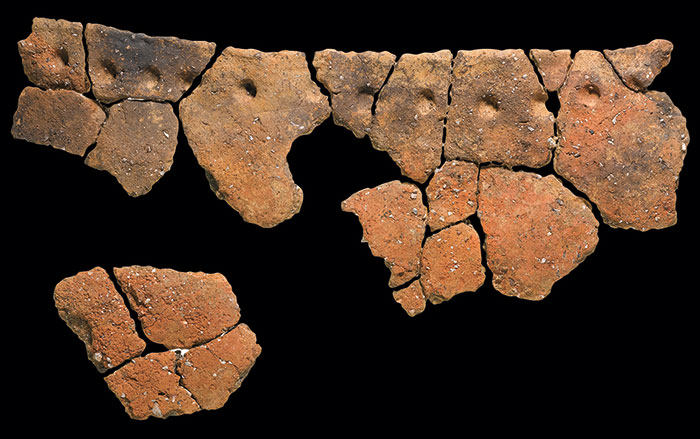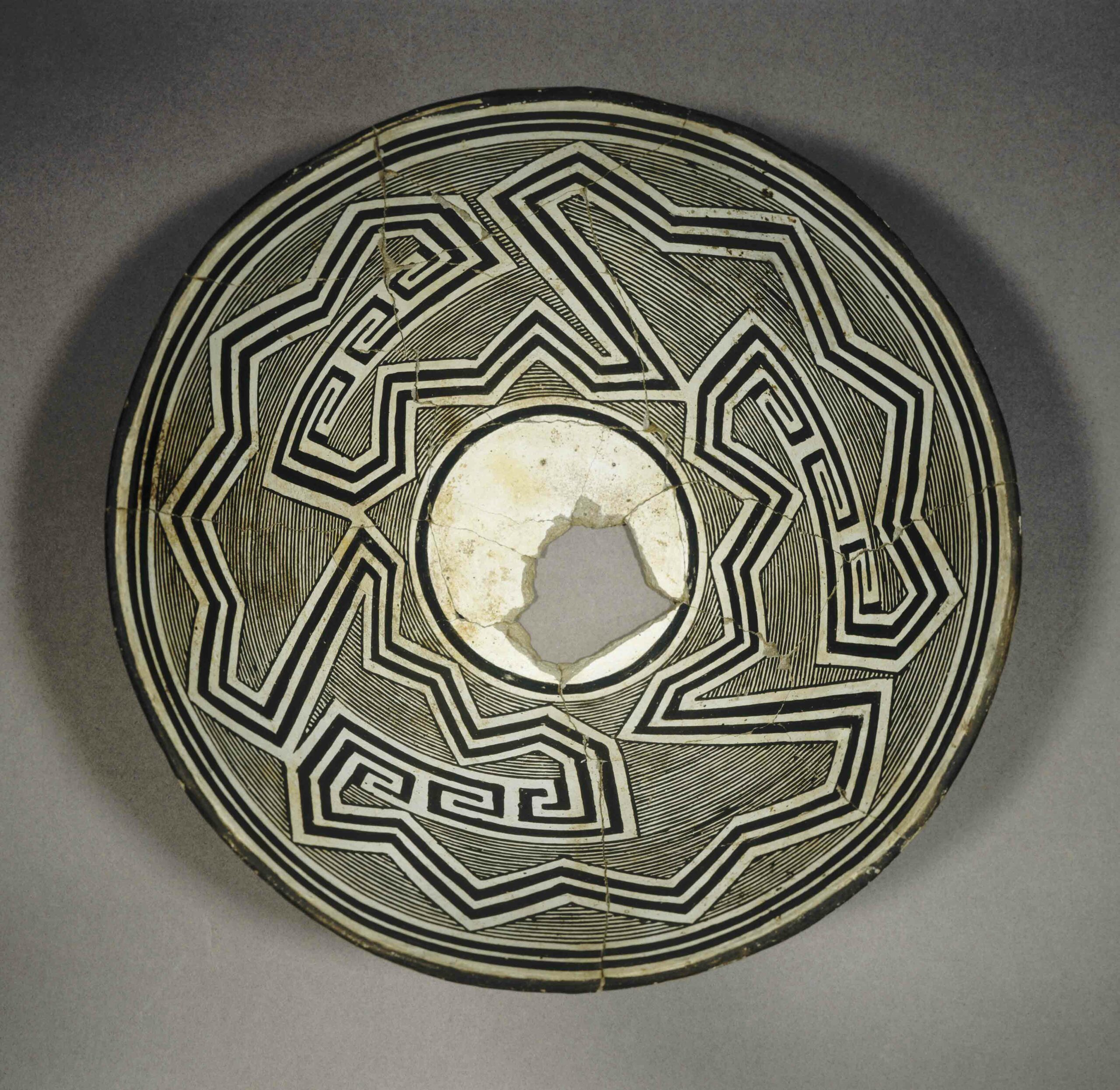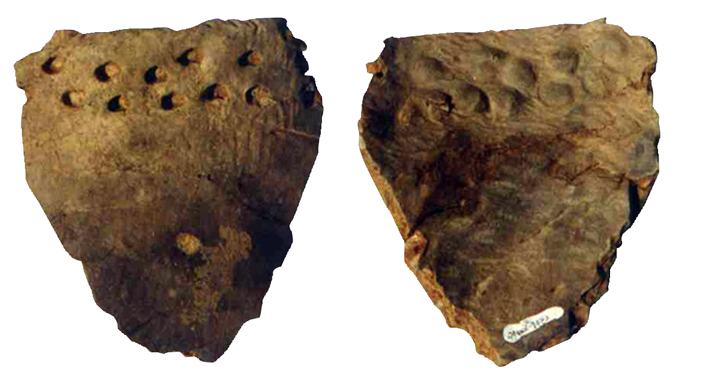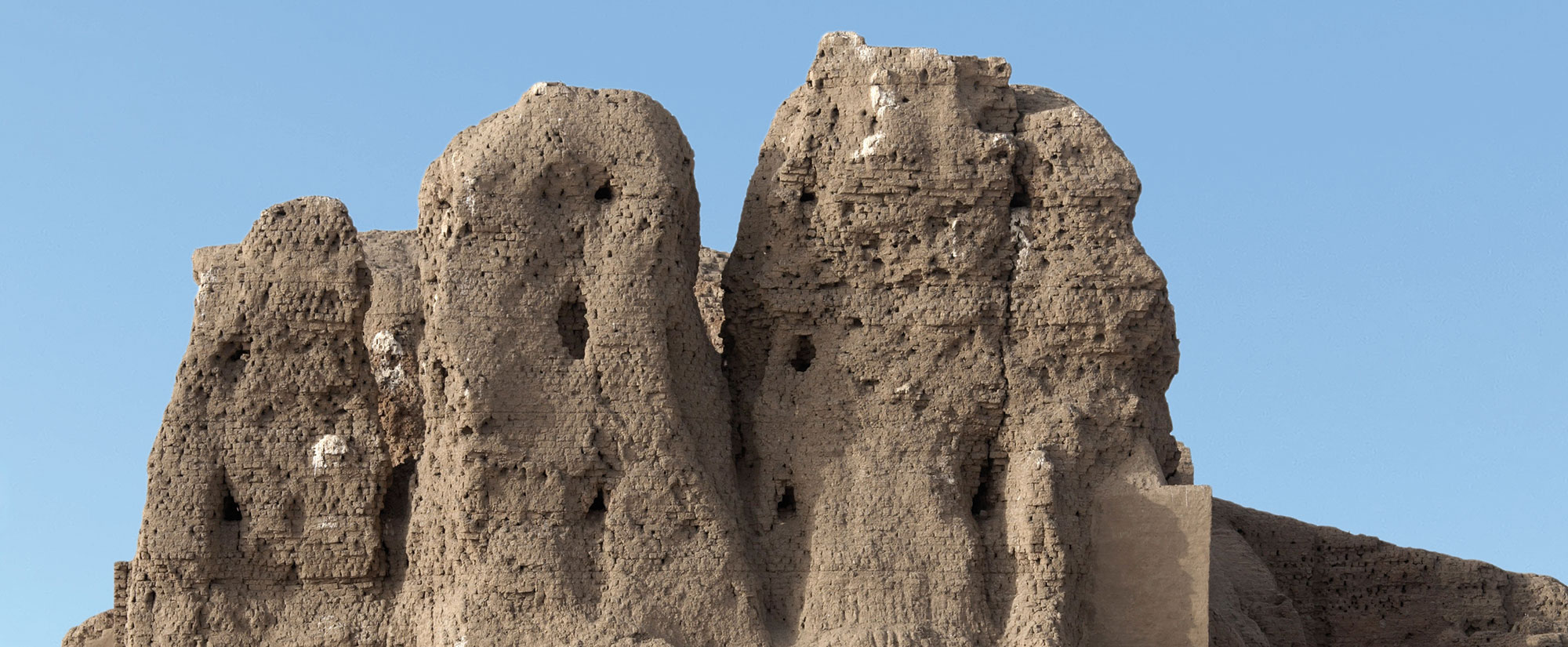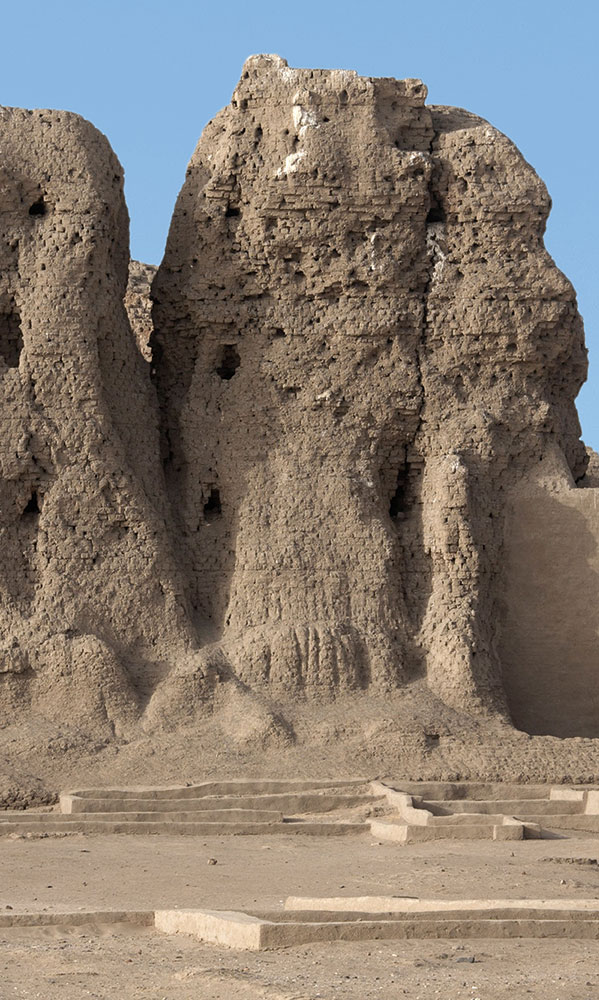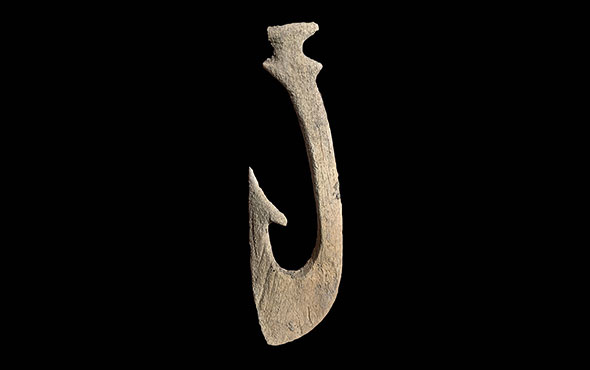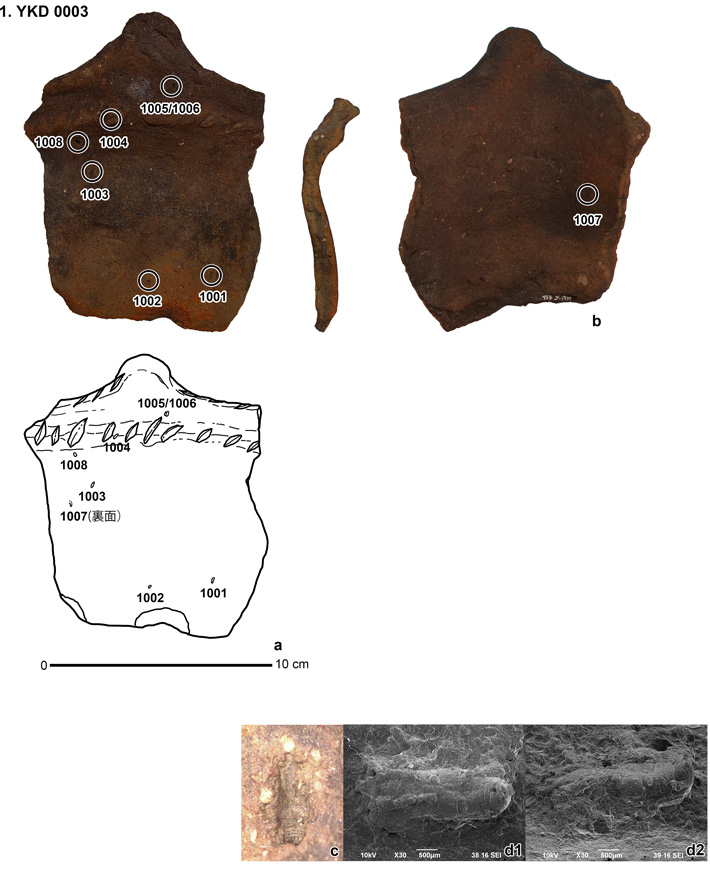
KUMAMOTO, JAPAN—According to a statement released by Kumamoto University, Hiroki Obata and his colleagues examined CT scans of 3,600-year-old pottery unearthed at the Yakushoden site in southern Japan, and found multiple impressions left behind by maize weevils and acorn peels. The team has also found impressions of maize weevils on pottery used to store chestnuts at the Jomon-period site of Sannai-Maruyama, which is located in an area of northern Japan where chestnuts do not grow naturally. Weevil impressions have also been detected on 10,000-year-old earthenware vessels from Tanegashima Island off Japan’s southern coast. Obata explained that the Jomon probably lived with a greater number of weevils than previously thought, and may have helped to spread the pests as they carried foods to new areas through trade. For more, go to "World Roundup: Japan."


